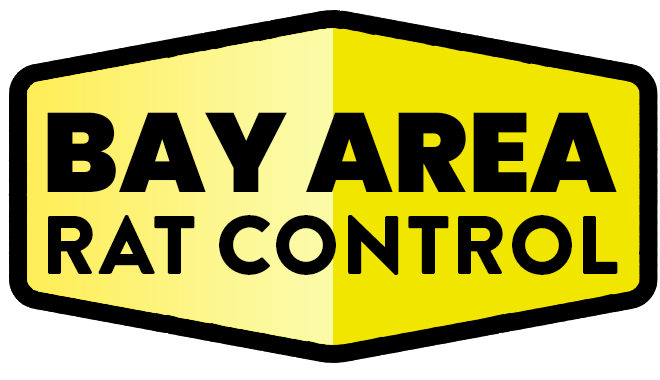Opening Thoughts
Rat droppings and marks are more than just unpleasant sights—they are vital clues to detecting and understanding rat infestations. By learning to identify and interpret these signs, homeowners and businesses can act swiftly to control infestations and prevent further damage. This article delves into what these traces reveal and how to use them to your advantage in pest management.
Understanding Rat Droppings
Appearance and Identification
- Size and Shape: Rat droppings are pellet-shaped, typically ½ to ¾ inch long, and have pointed or rounded ends depending on the species.
- Norway Rats: Larger droppings with blunt ends.
- Roof Rats: Smaller droppings with pointed ends.
- Color and Texture: Fresh droppings are dark and shiny, while older ones are gray and crumbly.
Common Locations
- Near food sources such as pantries or garbage bins.
- Along pathways or walls where rats travel frequently.
- In hidden spaces like attics, basements, or behind appliances.
What Droppings Indicate
- Quantity: A large number of droppings suggests a significant infestation.
- Freshness: The presence of shiny, soft droppings indicates recent activity.
Decoding Gnaw Marks
Why Rats Gnaw
- Rats gnaw constantly to keep their teeth from overgrowing. This behavior leaves distinct marks on various surfaces.
Identifying Gnaw Marks
- Material: Wood, plastic, wires, and food packaging are common targets.
- Appearance: Marks are small and rough, often accompanied by shredded material.
- Electrical Damage: Chewed wires can pose fire hazards and require immediate attention.
What Gnaw Marks Indicate
- Activity Levels: Recent gnawing shows ongoing presence.
- Preferred Areas: Rats focus on areas close to food or nesting sites.
The Significance of Grease Marks
How Grease Marks Form
- As rats move, their oily fur rubs against surfaces, leaving smudges or streaks.
Where to Look
- Along walls, baseboards, or floorboards.
- Around entry points like holes or cracks.
What Grease Marks Reveal
- Pathways: Indicates the routes rats use regularly.
- Nesting Locations: Grease marks near hidden areas often point to nearby nests.
Practical Steps to Act on These Signs
1. Inspect Your Property
- Conduct a thorough search for droppings, gnaw marks, and grease trails.
- Use a flashlight to examine dark or hard-to-reach areas.
2. Clean and Disinfect
- Remove droppings and contaminated materials using gloves and a disinfectant.
- Dispose of waste in sealed plastic bags to prevent spreading bacteria.
3. Address the Source
- Seal entry points with steel wool or caulk.
- Remove food and water sources by securing garbage and storing food in airtight containers.
4. Set Traps
- Place traps or bait stations along pathways identified by grease marks or droppings.
- Use a variety of traps to increase success rates.
When to Call a Professional
- If droppings, marks, and other signs persist despite your efforts.
- For large infestations that require more advanced pest control measures.
- When electrical damage from gnawing poses significant safety risks.
Final Thoughts
Rat droppings and marks are not just nuisances—they’re critical clues that reveal the presence, habits, and scale of an infestation. By recognizing these silent messages, you can take swift and effective action to eliminate rats and safeguard your property.
Relevant Links/Sources:
Understanding Rat Droppings – PestWorld
Gnaw Marks and Rat Trails – Orkin
Rat Behavior and Evidence – EPA
